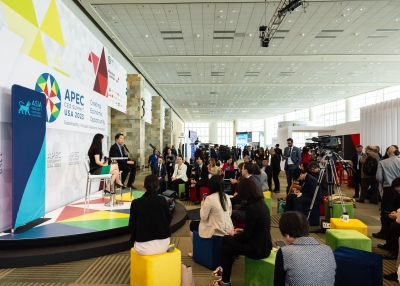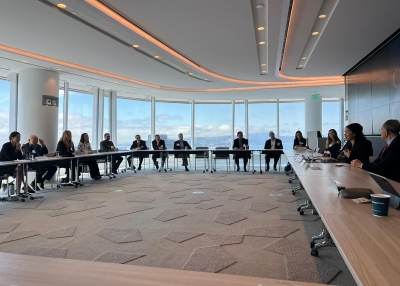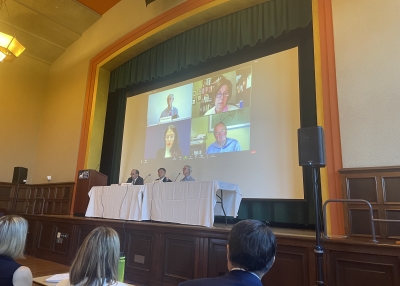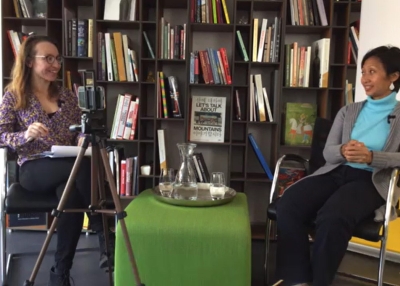Use Technology to Develop Global Competence
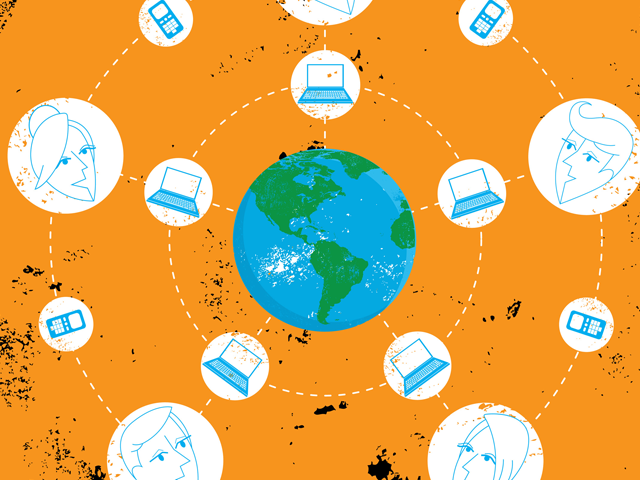
Computers, video conferencing, computer games, online courses, blogs, video-sharing Web sites, smart phones, Web 2.0 tools, help connect our world like never before. They have bridged distances and increased our opportunities to learn from each other: to see new places, meet new people, explore other cultures, learn new languages, and share and develop ideas. Bringing the world into the classroom has never been faster, easier, or more motivating for teachers and students.
Educators agree on two key points. First, technology provides vital tools for 21st-century learning. Also, today’s students are indisputably motivated by technology. Digital devices are already familiar gateways to the world for today’s students. Used thoughtfully, these technologies can give students meaningful connections to people, places, and issues far beyond their own neighborhood.
How can different digital tools and formats be used to promote global learning within content standards for accountability? These technologies should not be considered a supplement for existing curricula, nor should they be limited to technology training courses. Instead, they can be used to help teachers meet their global learning goals across multiple curricular areas. Technology-based projects can be easily aligned to district and state standards.
A highly qualified professional in the knowledge economy requires the ability to pose critical questions and develop defensible responses to complex challenges. In developing these skills, teachers and students can tap a host of digital technologies. Locating and manipulating information online, collaborating in virtual work teams, and presenting and publishing via digital platforms is preparation for the future in a world that increasingly runs on technology.
Investigate the World
Digital technologies can help students investigate their world in many classes and curricular areas. A case in point is Google Earth, which is changing the face of geography, history, and science instruction. Students can investigate regions via satellite views or get street-level views of a specific location. Real-time views of ancient sites in Turkey or new construction in Hong Kong via Google Earth enlivens the study of places beyond the classroom in ways that photos and, in some cases, even video can’t match.
Randolph Elementary School in Arlington, Virginia, has a very diverse student population. Connecting to cultures that originate thousands of miles away can be challenging, but Randolph’s teachers turn to digital technologies to bridge the divide. They use Google Earth to discover the ancestral homes of students new to the United States and those whose families have been here for generations, as they study family histories in their curriculum. Lessons with this kind of personal association motivate students more than simply reading about cultures here or abroad.
Recognize and Weigh Perspectives
Globally competent students are able to weigh their own perspectives and those of others and also against the perspectives that data, science, and history offers. Students can also understand and articulate the differences between these points of view. One exciting way to provide such experiences is through digital technologies, which have been a major force in providing extended opportunities for global exploration, learning, and reflection. These technologies are especially valuable to students who don't have the opportunity to travel. Virtual worlds immerse young learners in a new environment and encourage exploration. Panwapa, for example, is an online virtual world created just for children, in the preschool and primary grades, by Sesame Workshop. Its Muppet characters have a familiar look and activities are designed specifically to help four- through seven-year-olds build respect and empathy for others, to spark an interest in other languages and global learning, and to develop a sense of responsibility as global citizens. Children join this virtual community and create their own avatar, select their home country, and even design a flag for it.
Third graders at Sugar Creek Elementary School in Verona, Wisconsin, have begun a virtual partnership with Morland Primary School in Ipswich, England. Students on both sides of the Atlantic share a Web site where they post photos and joint assignments. They have shared haiku, New Year’s resolutions, and videos in which they introduce themselves.
Online networks foster global perspectives among students by connecting them directly to peers around the world through collaborative learning projects. One of the most popular is the International Education and Resource Network (iEARN). This nonprofit organization connects classrooms around the world via the Internet and other digital technologies. Classrooms work together on projects that meet learning objectives and have an impact on issues that affect students in all nations.
Communicate Ideas
Communicating ideas with peers in other countries is an important way to build global understandings. Clyde Erwin Elementary Magnet School in Jacksonville, North Carolina, connects with its sister school in Puebla, Mexico, through Elluminate, a Web conferencing program that also uses an interactive white board. Staff members won a grant to help Clyde Erwin students and their counterparts in Puebla collaborate on a book-authoring and -publishing project. They collaboratively published a book about “Canela” and “Erwin,” two teddy bears (one from each school) who visited each other’s country and had interesting adventures. The book was published in both English and Spanish. This type of collaborative learning works to foster cultural understandings as well as global content.
Using digital connections to communicate with native speakers, especially other students, is revolutionizing language learning. Students today can easily connect with their peers in another country, practice language skills with native speakers, see classrooms in other nations, and make a human connection with someone across the world.

